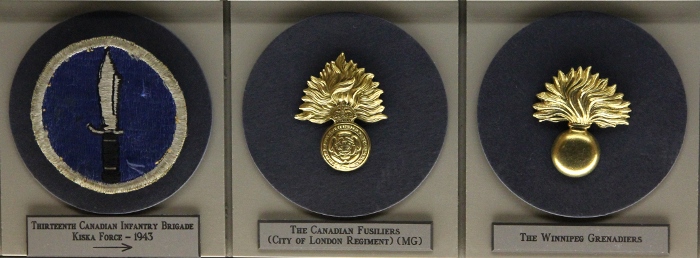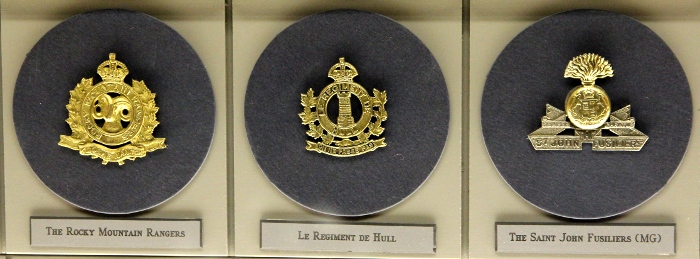Russian Heavy in Fire Power (1941)
Topic: Russia
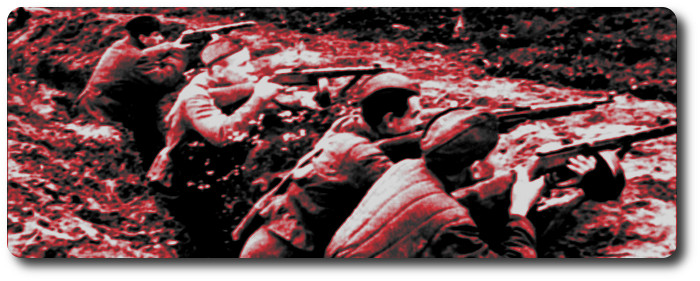
Russian Heavy in Fire Power; Have Modern Rifles, Machineguns
There might be some psychological reason for teaching a soldier the use of cold steel, but in two years in Spain I never saw a bayonet used in the front line, except for opening bully beef or sardine cans, or for shoving into the side of a dugout as a candle stick.
The Montreal Gazette, 5 July 1941
(This is one of a Canadian Press series on Soviet Army strategy and tactics by a Canadian who commanded the Mackenzie-Papineau battalion of Canadian volunteers in the Spanish Republican Army.)
Written for The Canadian Press, by E. Cecil-Smith
Armament and fire power of a Russian infantry battalion is enough to astound anyone whose ideas of infantry units are still based on 1914-18 models. Even the 1941 Canadian army does not begin to come up to it.
My ideas in this respect are based on two things. Personal knowledge of many of the actual infantry weapons in use in Russia, and a great mass of information I was able to pry loose from various Red Army officers over a two-year period.
Not all of these men would answer a direct question involving too many details, but when you are curious, have plenty of time, and a common ground of actual battle on which to meet for discussion, a great deal of information can be gained.
Often I used to sit around in the evening, smoking and yarning with Russian instructors who were sent to Spain to teach the Republican soldiers how to use the weapons sold to their government by the Soviet Union. Or in the quiet of the afternoon we would lie on the reverse slope of some hill and discuss recent actions.
How would such a town have been attacked by the Red Army? Or, what were the different functions of the light and heavy mortar in Russia? How many light machine guns were there to a Red Army company? Many such questions could be raised quite naturally by a group of officers anxious to learn their trade, and readily answered by an instructor who knew his stuff.
Russian Equipment
We often used to compare the firepower of our battalion in Spain to the 1914-18 Canadian unit, patting ourselves on the back that we could deliver as heavy a blast as a Great War brigade, but when we heard of the normal equipment of the Red Army in 1937-39 we were astounded. Today it may be even higher in some instances.
Take the lowest fire unit, comparable to a Canadian infantry section, or a squad as it would be called in most other armies. This has the firepower of one of our platoons, and is commanded by a sergeant with a corporal as second in command, competent to take over the squad.
Its main fire power lies in various automatic weapons, of course. First among these is the light machine gun called a Diktorovna. We used both this gun and the Bren in Spain and can therefore make a comparison.
The two guns are about on a par. True, the Bren gun barrel can be changed more rapidly, but this we found to be a delusion, for in quick-moving action, when the gun may only be fired a few bursts from any one position, the man with the spare barrel is never there when most needed. He is either dead, wounded, or so far to one side that the barrel has cooled off by the time he arrives anyway.
Of the breech blocks the Diktarovna has the simpler one. It also has a magazine holding 47 rounds (50 at a pinch) compared with 30 on the Bren. The Russian magazine is disc-shaped, thin like a phonograph record, not heavy and clumsy like the Lewis gun drum. It can be loaded direct from chargers and requires no loading tool, though we found a three inch length of string helped protect your finger.
In weight, size and firepower the two are about the same, perhaps the Russian gun has a more comfortable stock and grip, but that is a matter of opinion.
In the heat of action two discs can be fired in a minute, though this rate of fire cannot be maintained for long as the weapon will heat up. There are absolutely no stoppages except from defective ammunition. A gunner who looks after his weapon and replaces worn striker pins has no problem.
Automatic Rifle
The Red Army squad has an automatic rifle, which we did not see in Spain. We did have the Skeda automatic and, from discussion with Russian officers, I gathered the Soviet automatic rifle was somewhat similar. With this weapon a rifleman can fire with ease up to 40 aimed shots a minute. It is loaded, I believe, from below like an automatic pistol, with a clip of 20 rounds.
Either the two-inch mortar or a rifle grenade thrower is included with each squad. The latter is older equipment and gradually being replaced, I gathered. The Russian rifle grenade thrower is streamlined and had a range of nearly 1,000 yards.
The sergeant, the corporal who acts as observer, and numbers one and two on each of the fire weapons, carry automatic pistols or revolvers. These automatic pistols hold from 20 to 36 rounds according to the types of magazine. I have shot with them and found them to equal if not surpass German Lugers or the beautiful Spanish Parabellum artillery pistol. The holster fits as a rifle stock and when fired from the shoulder these pistols are remarkably accurate up to nearly 200 yards as they have a nine-inch barrel. For close work they are deadly spraying a goodly number of nine-mm. Slugs around in a hurry.
Only two men in the squad are armed primarily with rifles. Both of these have telescopic sights and their users are trained as snipers. Their job is to pick off opposing officers and key men.
The modern Russian rifle is very light, weighing no more than seven pounds, compared with about nine pounds for the Lee-Enfield. This has been achieved by constructing the stock of very light tough wood, and because the extra length of barrel and the use of a slower burning powder the metal at the chamber is not nearly so thick. The rear sight is placed far back, giving about six inches extra distance between sights, making for greater accuracy of aiming.
Of course, the lighter rifle heats up quickly, and is hardly suited to long periods of rapid fire. A few rounds, however, can be fired very rapidly, as the bold can be worked back and forth with two fingers without lowering the butt from the shoulder or taking the sights off the target. It is ideally suited for sharpshooting, and that is what it is used for.
Use of Bayonet
Bayonet fighting is still included in the Russian manual, but I only heard of one Russian instructor in Spain wasting time of his men by teaching it. There might be some psychological reason for teaching a soldier the use of cold steel, but in two years in Spain I never saw a bayonet used in the front line, except for opening bully beef or sardine cans, or for shoving into the side of a dugout as a candle stick. For digging yourself in without a spade, a tin hat or trench knife is superior to the bayonet.
Hand grenades of various types are in use by the Russians. Some are merely detonating and stunning, while others, like the Mills bomb, explode into vicious little fragments. Stick grenades are also in use.
Small arms ammunition is of 7.35 mm., almost exactly similar in size and shape to British ammunition. In Spain more than one machine gun was jammed because, in the hurry of loading the belt, a round of wrong ammunition was included.
Each Russian infantry company, I was told, has a platoon of machine guns. The Russian maxim is similar to the Vickers, but the lock is ever so much simpler. Most of these weapons, instead of being mounted on a tripod are on a low-wheeled carriage, with a fairly long tubular trail, which includes a seat for the gunner.
In emergencies each gun can be turned into an anti-aircraft weapon by folding the trail under the wheels, which elevates the barrel at nearly 60 degrees. The guns are fitted with armor-plate shields and break down into three loads, the tool and spar part kit being carried by the same man as the shield. For short distances the gun can be picked up as is, or trundled on its wheels.
The infantry battalion also includes a support company armed with heavy .50 calibre machine guns for use against tanks, and with large three-inch mortars, something like the Stokes. These heavier guns are on pneumatic wheels. Special platoons also operate anti-tank rifles and anti-aircraft machine guns.
Section of Tanks
But that is not all. I was assured by several Red Army officers that attached to each Red Army battalion in action is a section of tanks, each armed with a 45-mm. cannon and a machine gun. One of these vehicles is used as a movable command post by the battalion commanding officer, who is thus in constant radio communication with his superiors.
In Spain we had a battery of 45 mm. anti-tank guns in the brigade. This was obviously insufficient and the Soviet officers agreed with us in this, stating that the Red Army had such a battery atteched to each front line battalion.
Seventy-five mm. cannon are also considered infantry weapons, a four-gun battery being assigned among the special arms of the brigade.
It is clear that a battalion of such fire power must be almost the equivalent of a brigade in many other armies. Discussion of the artillery and armored regiment equipment would be lengthy and involved, so I will avoid it. In any event, we had experience only with a few types of tanks and guns, which were certainly superior to those supplied to Franco by Hitler and Mussolini. Unfortunately they were not equal in numbers.
We did have the use of a limited number of Russian trucks. They were heavily built and stood up well under the strain.

Posted by regimentalrogue
at 12:01 AM EDT
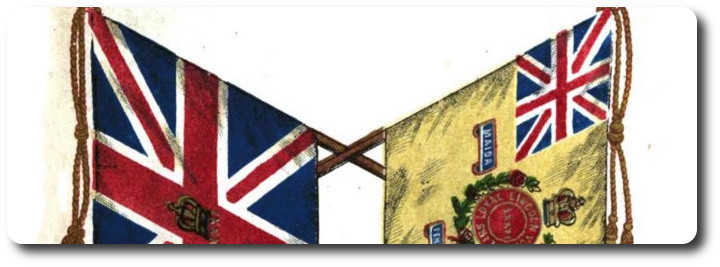
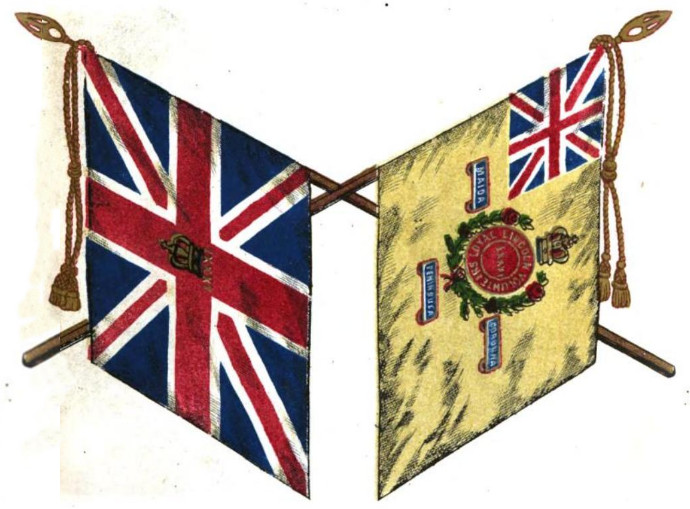




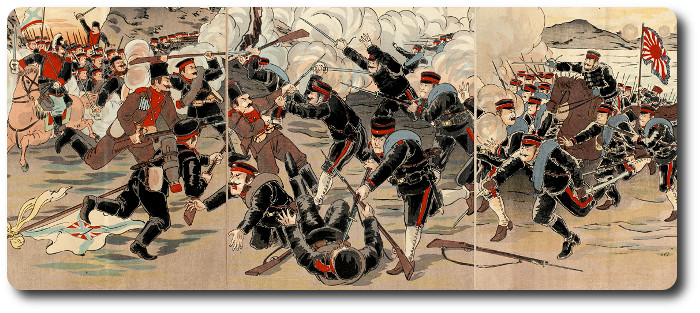
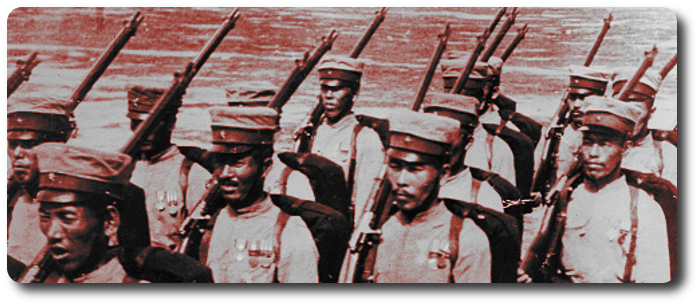

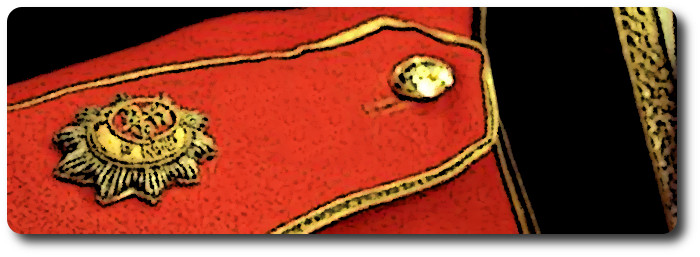
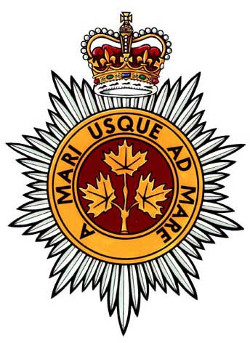
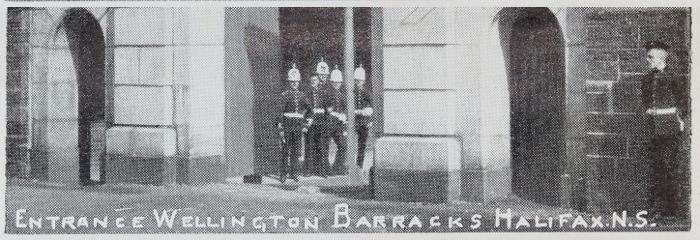
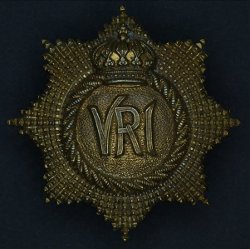 Ottawa, August 26.—(Special)—Official corroboration has been received of the report that the Canadian Regiment at Halifax is to be relieved from duty by a regiment of the Imperial army. The conformation has come in the form of a cablegram from the quartermaster-general in England to General Parsons, officer commanding the Imperial troops at Halifax, stating that the Fifth Regiment, Royal Garrison Artillery, has been ordered to embark for Halifax about the middle of next month, to replace the Third (Special Service) Battalion, Royal Canadian Regiment. A copy of the cablegram was sent on to Lord Aylmer, the adjutant-general.
Ottawa, August 26.—(Special)—Official corroboration has been received of the report that the Canadian Regiment at Halifax is to be relieved from duty by a regiment of the Imperial army. The conformation has come in the form of a cablegram from the quartermaster-general in England to General Parsons, officer commanding the Imperial troops at Halifax, stating that the Fifth Regiment, Royal Garrison Artillery, has been ordered to embark for Halifax about the middle of next month, to replace the Third (Special Service) Battalion, Royal Canadian Regiment. A copy of the cablegram was sent on to Lord Aylmer, the adjutant-general.

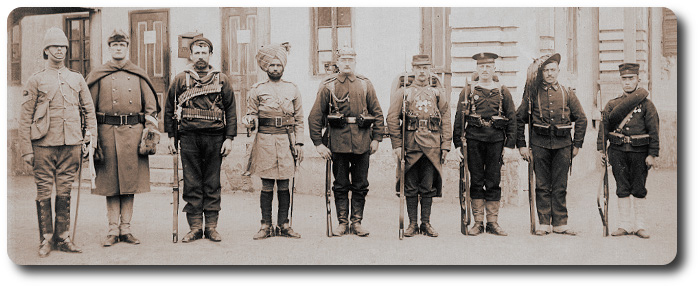

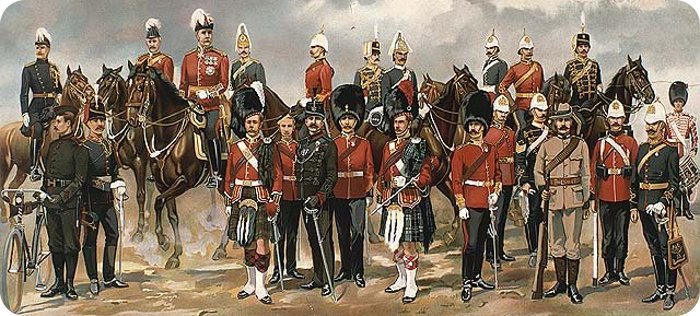

 1. An underestimation, sometimes bordering on the arrogant, of the enemy.
1. An underestimation, sometimes bordering on the arrogant, of the enemy.
 On 26 June 2016, we shared the story of
On 26 June 2016, we shared the story of 
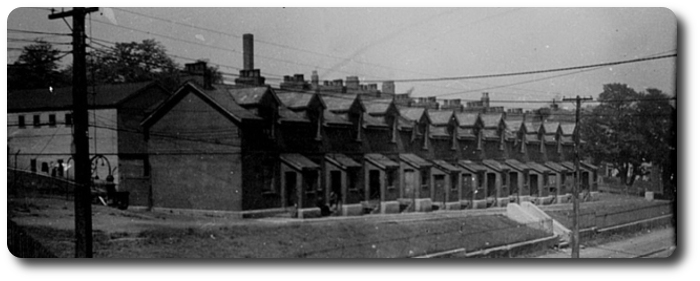

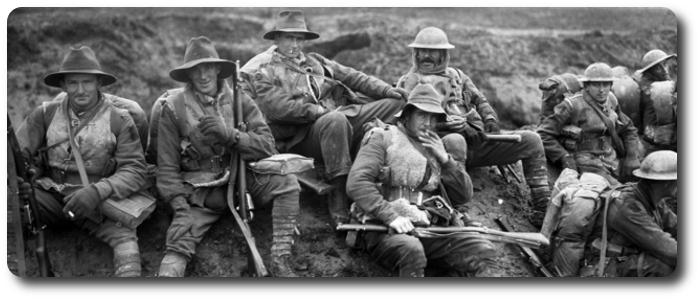
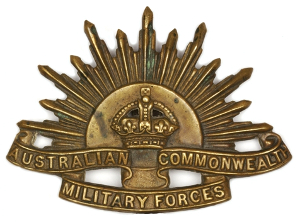 The most heartbreaking part of an officer's or N.C.O.'s work during the period of recruit training is to educate Australians to submit to discipline. It is almost an impossibility to teach a new man to instantly obey and order, and to get him into the soldierly habit of coming to attention when addressing anyone of superior rank, or saluting when passing him in camp or elsewhere. It necessitates a very complex knowledge of the Australian character to account for this peculiarity in the men, and a study of his individuality, descent, and all the influences at work upon the man from infancy to adult life, before an officer may consider himself qualified to handle new recruits, and change their modes of thought.
The most heartbreaking part of an officer's or N.C.O.'s work during the period of recruit training is to educate Australians to submit to discipline. It is almost an impossibility to teach a new man to instantly obey and order, and to get him into the soldierly habit of coming to attention when addressing anyone of superior rank, or saluting when passing him in camp or elsewhere. It necessitates a very complex knowledge of the Australian character to account for this peculiarity in the men, and a study of his individuality, descent, and all the influences at work upon the man from infancy to adult life, before an officer may consider himself qualified to handle new recruits, and change their modes of thought.

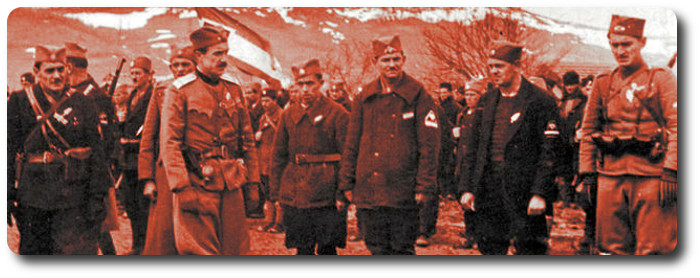
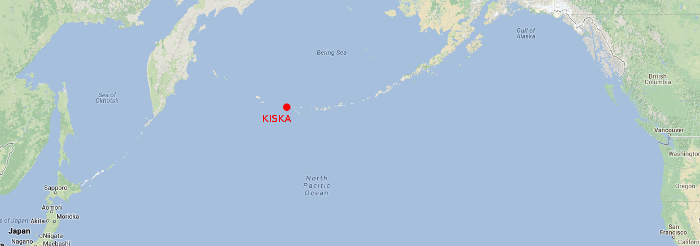
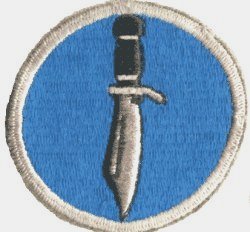 On August 15, 1953, an assault force of 29,000 Americans and 5,300 Canadians was dispatched to attack a force of three Japanese dogs.
On August 15, 1953, an assault force of 29,000 Americans and 5,300 Canadians was dispatched to attack a force of three Japanese dogs.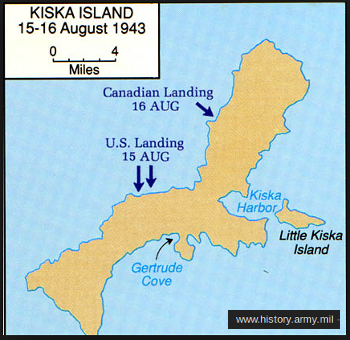 Attu was occupied in May, 1943, by the American 7th Division after "a nasty little campaign in which the Japanese fought to be killed and the Americans obliged them."
Attu was occupied in May, 1943, by the American 7th Division after "a nasty little campaign in which the Japanese fought to be killed and the Americans obliged them."